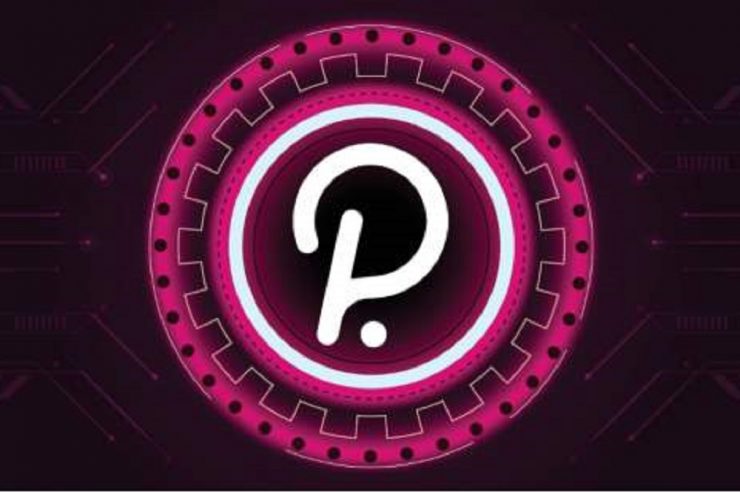
George Spencer
What’s so Great About Decentralized Web 3.0 Blockchain Polkadot (DOT)?

One of the major cryptocurrencies at the moment is Polkadot (DOT). It is the ninth-biggest crypto at the moment according to coimarketcap. Launched just last year, Polkadot has been garnering so much attention from bulls, investors, and developers as it considered to be one of the most innovative projects in the crypto industry. So what’s so great about Polkadot anyway and what makes it so special?
What is Polkadot?
Simply put, Polkadot is a next-generation blockchain that uses heterogeneous multi-chain framework. It allows blockchains to operate with each other in a parallel manner by unifying them into one network. It has been called the crypto for developers by developers. You can buy Polkadot on either Binance or Uphold.
History of Polkadot
Although it launched only last year, the idea for the project first started way back in 2016. It took 4 years for it to materialize. It was founded by the co-founder of Ethereum, Dr. Gavin Wood, as a sharded version of Ethereum.
Wood then founded the Wed3 Foundation, which is a non-profit entity established to support the research and development of Polkadot and also oversee fundraisers, in 2017, with the help of Parity Technologies. The company is based in Switzerland and it hosted Polkadot’s first token sale in October of the same year, using an auction through which the funds were distributed.
The auction raised $145 million in under two weeks, selling half of the initial 10 million DOT supply, and the Web3 Foundation chose Parity Technologies to develop Polkadot.
Difference Between Polkadot and Ethereum
Seeing as it was literally created to be a version of Ethereum, there has been lots of speculations on how Polkadot is different from Ethereum. Sure both operate a main blockchain where transactions are finalized and both allow for the creation of many smaller blockchains that leverage its resources. Also, they both technologies also use staking instead of mining as a means of keeping the network in sync. Polkadot and Ethereum sure share many similarities both in design and operation that its being called Ethereum 2.0, but the one thing that makes it stand out from Ethereum is that it uses Proof of Stake (PoS) for its transactions while Ethereum uses Proof of Work (PoW).
PoS allows allows a person to mine or validate block transactions according to the number of coins they hold. This means that the more coins you own, the more mining power you have. PoW, on the other hand, is a decentralized mechanism that requires members of a network to expend effort solving a mathematical puzzle in an attempt to prevent people from gaming the system. PoW is widely used in the mining crypto, for validating transactions and mining new tokens.
How Does Polkadot Work?
Polkadot operates from two types of blockchains: a relay chain (the main network) and the parachins (user-created network). In the relay chain, the transactions are permanent. It is the central chain of Polkadot and is made of a small number of transactions that include ways to interact with the governance mechanism, parachain auctions and participating in NPoS. Parachins, on the other hand, are an application-specific data structure that are globally coherent and validated by the validators of the Polkadot Relay Chain. It is pretty common for a parachain to take the form of a blockchain but there is not a specific need for them to be actual blockchains.
Pros and Cons
Pros
- Limitless scalability since it can support an infinite number of blockchains
- Consensus mechanism
- It’s cheap
- Strong-pooled security
- Polkadot can support the transfer of value between different blockchains
Cons
- Hackers exploited Polkadot’s code vulnerabilities twice and drained millions of dollars.
- High competition
- Large networks and none are open to dialog
Latest
Guides & Tutorials
09 May 2024
Guides & Tutorials
19 Apr 2024
Guides & Tutorials
16 Jan 2024
Guides & Tutorials
31 Aug 2023
Guides & Tutorials
24 Jun 2023
Guides & Tutorials
24 Jun 2023













